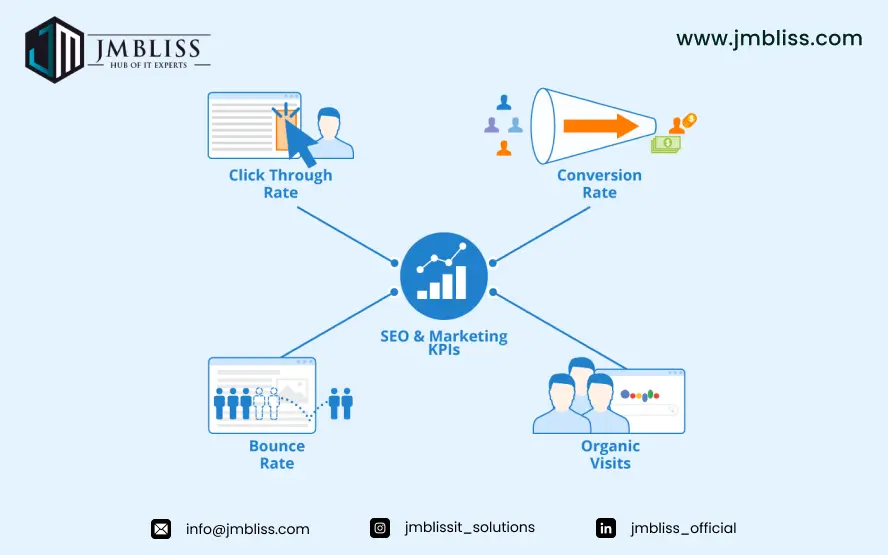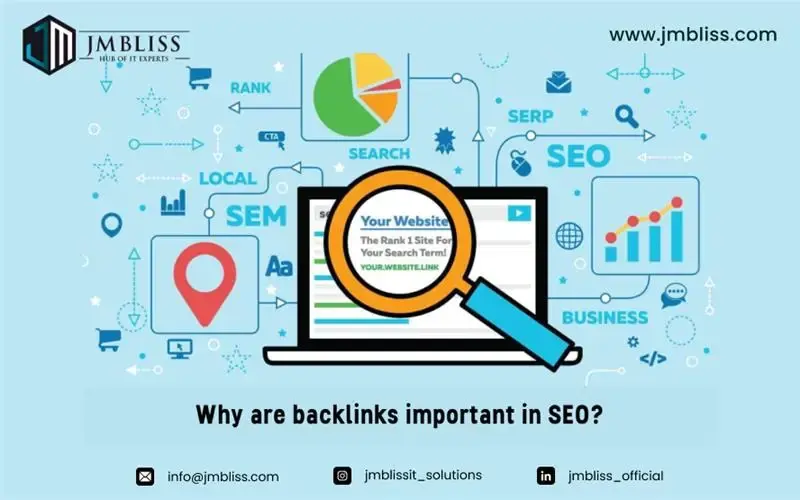
Is Mobile SEO Different from Desktop SEO? With smartphones becoming an extension of our daily lives, the way users access and interact with websites has drastically shifted. Gone are the days when websites were only viewed on desktop screens. SEO agency in India
Today, mobile traffic surpasses desktop usage across most industries. As a result, businesses and marketers are increasingly turning their attention toward mobile SEO. But how different is it really from desktop SEO? This blog explores the nuances between the two, the benefits, types of SEO, and how a reliable SEO agency in India can help optimize for both platforms.
Understanding Mobile SEO
Mobile SEO refers to the process of optimizing your website for mobile devices such as smartphones and tablets.
The goal is to ensure that mobile users enjoy a seamless, fast, and engaging browsing experience. This includes responsive design, faster load times, simplified navigation, and mobile-friendly content.
Google predominantly uses the mobile version of a site for indexing and ranking (mobile-first indexing), making mobile optimization crucial.
Desktop SEO: A Quick Overview
Desktop SEO focuses on optimizing websites for larger screens, including PCs and laptops. It considers how users interact with a site using a mouse and keyboard, often with a more detailed visual layout. While content may remain the same, the way it’s presented, navigated, and experienced can be entirely different from mobile.
Key Differences between Mobile and Desktop SEO
1. User Behavior and Intent
Mobile users tend to have quicker, more intent-driven sessions. They’re often searching for immediate answers, nearby services, or fast results. For instance, someone might search for SEO agency in India near me while on the go. Desktop users may spend more time researching, comparing, and exploring content.
2. Page Load Speed
On mobile, speed is critical. Users expect websites to load in under three seconds. Delays lead to high bounce rates. Desktop users may be more forgiving due to stronger connections and hardware. Mobile SEO prioritizes lightweight design, compressed images, and faster loading code to improve performance.
3. Responsive Design vs Adaptive Layout
Responsive websites adjust fluidly across devices using the same HTML. Adaptive layouts use distinct versions based on screen size. Mobile SEO often relies on responsive design to offer consistency and maintain usability. Desktop versions might leverage more visual space and interactive elements.
4. Local SEO Optimization
Mobile users frequently perform location-based searches such as “best SEO agency in India.” Mobile SEO focuses heavily on local search optimization—Google Maps, business listings, local reviews, and click-to-call buttons. Desktop SEO places less emphasis on this, prioritizing broader keyword strategies.
5. Navigation and UX (User Experience)
Navigational elements differ greatly. Mobile design must use thumb-friendly buttons, collapsible menus, and minimal scrolls. Desktop users benefit from more expansive menus, hover effects, and detailed layouts. A mobile-first UX approach is now vital due to growing mobile traffic.
6. Content Structure and Readability
Long-form content that works well on desktops might be difficult to digest on small screens. Mobile SEO demands concise, scan able, and visually separated content. Bullet points, short paragraphs, and clear headers are essential for mobile users, while desktop content can afford longer formats.
7. Technical SEO Adjustments
While technical SEO is essential on both platforms, mobile optimization must address unique issues like mobile sitemaps, viewport configuration, touch elements sizing, and AMP (Accelerated Mobile Pages). Desktop SEO might focus more on structured data, internal linking, and canonical tags.
8. Crawl ability and Indexing Differences
Google uses mobile-first indexing, meaning it looks at the mobile version of your content first. If your mobile version lacks critical information found only on your desktop site, it may hurt rankings. Hence, mobile SEO must ensure complete content parity.
Benefits of Optimizing for Mobile SEO
- Improved Rankings: Mobile-first indexing affects your search visibility directly.
- Enhanced User Engagement: Mobile-friendly sites offer better experiences, reducing bounce rates.
- Higher Conversions: Simplified interfaces and local search optimization drive more actions.
- Wider Reach: Tap into the growing population of mobile users in India and globally.
- Competitive Edge: Businesses that adapt mobile SEO strategies early stand out in crowded markets.
Types of SEO You Need for Mobile and Desktop
- On-Page SEO
Includes optimizing Meta tags, headers, content, and keyword usage. For mobile, on-page SEO should focus on brevity and clarity. - Off-Page SEO
Involves backlinks, social sharing, and brand mentions. Effective on both mobile and desktop but mobile shares often come from social apps. - Technical SEO
Critical for mobile SEO—covering site speed, mobile usability, core web vitals, schema markup, and security. - Local SEO
Especially vital for mobile SEO. Ensures visibility in local search queries and map packs. - Voice SEO
With the rise in mobile voice searches using assistants like Siri or Google Assistant, optimizing for conversational queries is key.
Why Hire an SEO Agency in India?
Choosing a professional SEO agency in India gives you access to:
- Expertise in both mobile and desktop optimization strategies
- In-depth knowledge of Google algorithm updates
- Cost-effective services tailored for startups to enterprises
- Experience with diverse industries and multilingual SEO
- Access to the latest SEO tools, trends, and reporting dashboards
An Indian SEO agency can help businesses tap into the massive mobile-first user base while ensuring robust desktop visibility.
Conclusion
Mobile SEO and desktop SEO serve the same overarching purpose—improving visibility and user engagement—but they operate with different parameters, user behaviors, and technical considerations. As mobile usage continues to grow, optimizing your website for mobile is no longer optional—it’s essential. A strategic approach that caters to both platforms ensures you stay ahead in rankings, deliver exceptional user experiences, and achieve better ROI. Whether you’re just getting started or scaling your digital presence, partnering with an experienced SEO agency in India can guide you toward sustainable growth.
FAQs
Q1: Why is mobile SEO important in 2025?
Mobile usage dominates internet traffic. Without mobile SEO, your site may rank lower and lose potential leads.
Q2: Is mobile SEO harder than desktop SEO?
Not harder—just different. It requires focused attention on speed, design, and usability for smaller screens.
Q3: What happens if I ignore mobile SEO?
You risk lower rankings, poor user experience, and lost conversions. Google may penalize sites not optimized for mobile.
Q4: Can I have different content for mobile and desktop?
Technically yes, but ensure content parity. If the mobile version lacks content, it can affect indexing and rankings.
Q5: How do I choose the best SEO agency in India?
Look for agencies with proven mobile SEO case studies, transparent pricing, and positive client feedback.
 Get A Quote
Get A Quote




